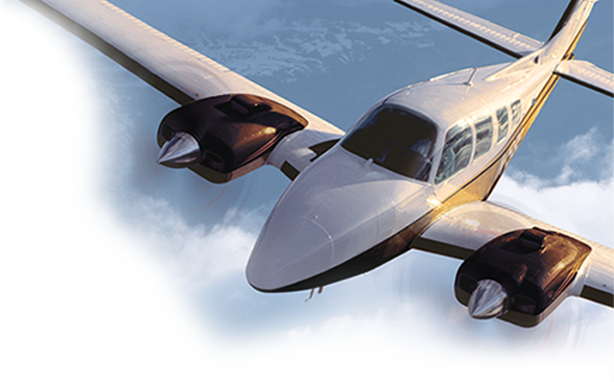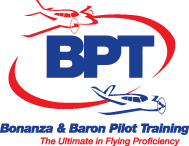Avemco White Paper
Are You Actively Flying Enough? By Jason Blair, ATP, CFI-I, MEI-I, FAA Designated Pilot Examiner, AGI Over the past few months, I have been talking with mechanics in the aviation industry who I encounter, and I have been asking a question, “What is the average number of hours you see owners fly their … Continued



